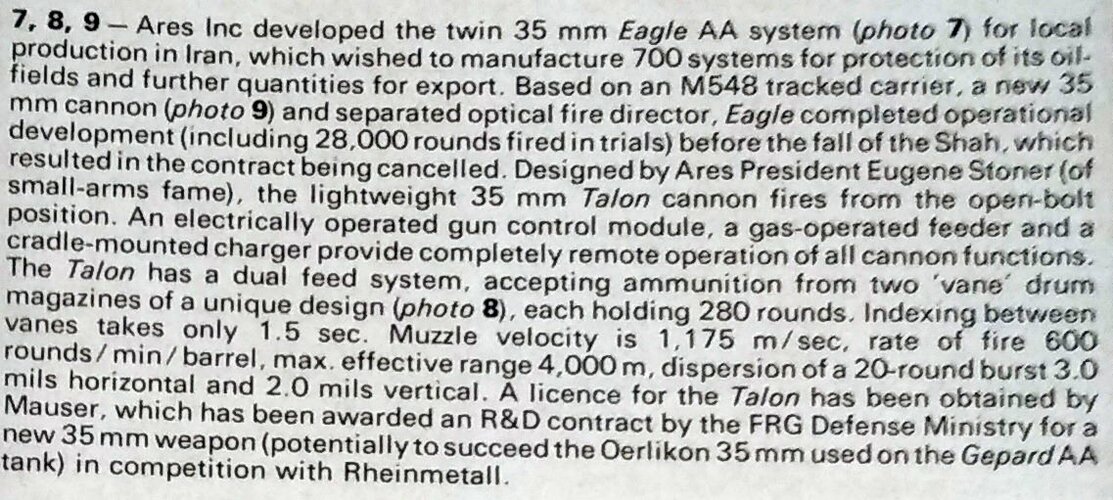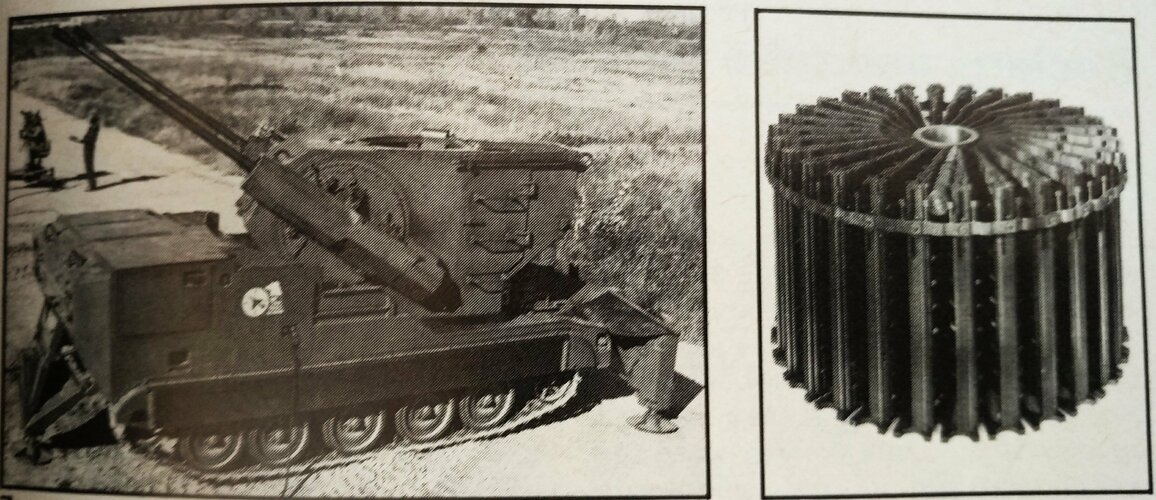D
Deleted member 2278
Guest
The search function is..... frustrating but I was able to find that Canada was one of seven nations exempted from the President's "new arms sales policy" re the F-18L:Is there any mention of Canada?
So while the F-18L wasn't quite as doomed as I first thought, it is telling that in the absence of a US order, none of that seven elected to be launch customer. The LWF competition really did determine the shape of the deal of the century.
Even Canada considered possibly accepting the F-16's inadequacies in exchange for it's financial savings:
State Dept cable 1975-164478 : State Department : Free Download, Borrow, and Streaming : Internet Archive
State Dept cable 1975-164478
archive.org



